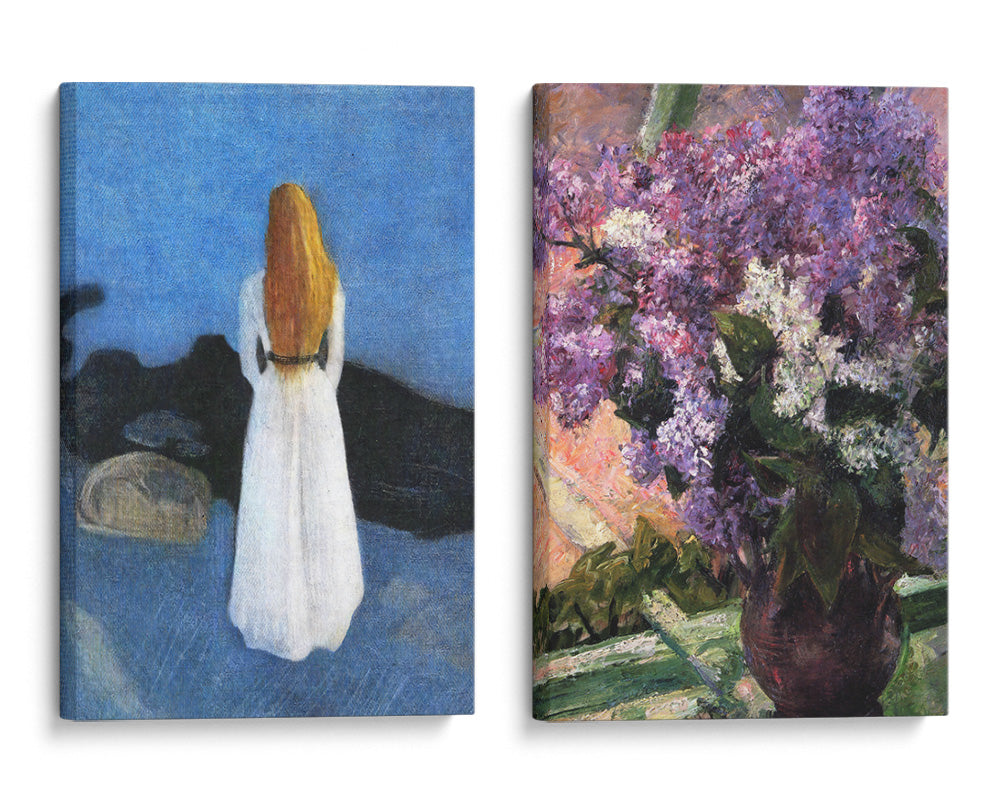Witness Goya's "The Third of May 1808": A Haunting Depiction of Conflict, Courage, and the Horrors of War
Experience the raw emotions and unflinching realism of Francisco Goya's iconic masterpiece, "The Third of May 1808 (Execution of the Defenders of Madrid)." Created in the aftermath of the Peninsular War, this powerful painting captures the brutality of conflict and the resilience of the human spirit.
Goya's Techniques: Capturing Horror Through Chiaroscuro and Composition
Goya masterfully employs chiaroscuro, contrasting light and shadow, to evoke a sense of heightened drama and urgency. The stark, white uniforms of the victims poignantly contrast against the dark, threatening figures of the firing squad, creating a visual tension that intensifies the emotional impact.
Beyond the Image: Symbolism and Meaning
The painting depicts the execution of Spanish civilians by French soldiers during the Peninsular War. It serves as a powerful indictment of war's brutality and the sacrifice of innocent lives. The central figure, a man with outstretched arms, represents the courage and defiance of those who fought for their freedom.
Historical Context: The Peninsular War and Goya's Response
Goya witnessed the horrors of the Peninsular War firsthand, and his art became a powerful voice against the violence and oppression of the conflict. "The Third of May 1808" stands as a testament to his belief in the transformative power of art to expose injustice and promote social change.
Feelings Conveyed: Fear, Anger, and the Tragedy of Loss
Goya's painting evokes a visceral emotional response. The terror of the victims is palpable, as they face their impending deaths with resignation and defiance. The anger of those witnessing the atrocities is evident in their gestures and expressions, condemning the senseless violence.
Experience the Masterpiece in Your Own Space
This museum-quality canvas print captures the raw power and emotional intensity of Goya's original. "The Third of May 1808" becomes a powerful statement piece, provoking contemplation on the horrors of war and the resilience of the human spirit.
Let Francisco Goya's "The Third of May 1808" challenge your perspectives, ignite discussions on social injustice, and remind you of the enduring power of art to confront the realities of conflict and inspire hope for a more just world.














